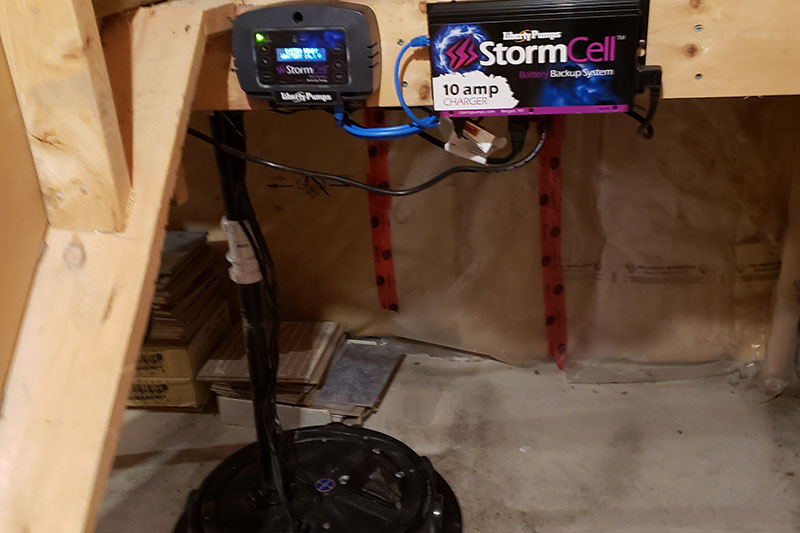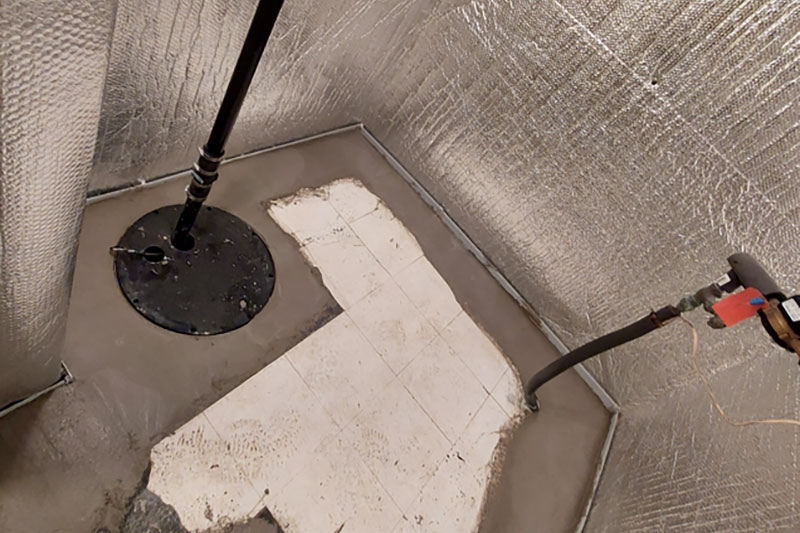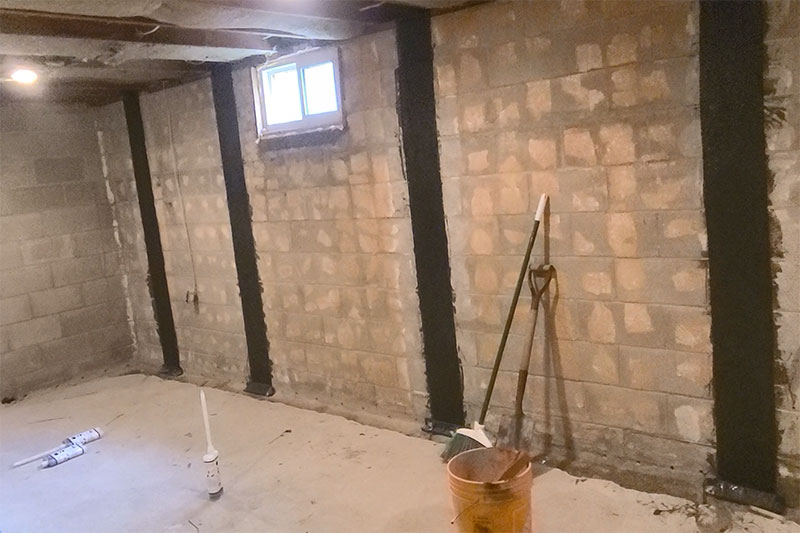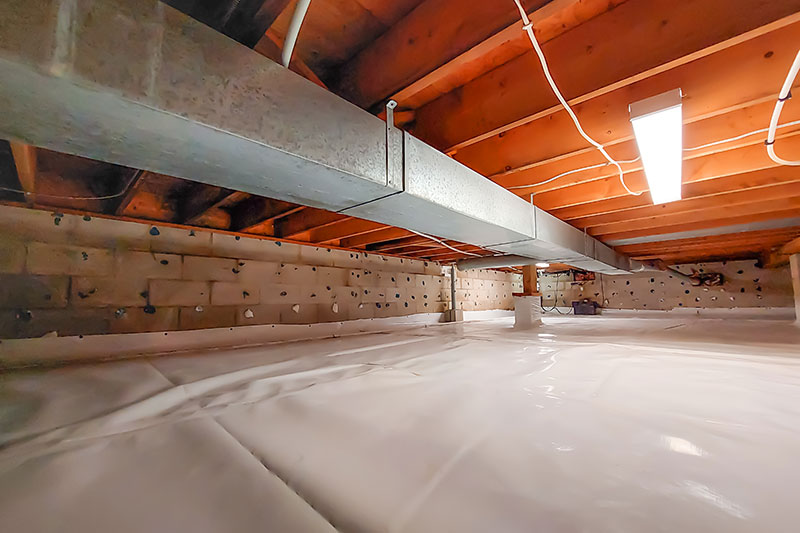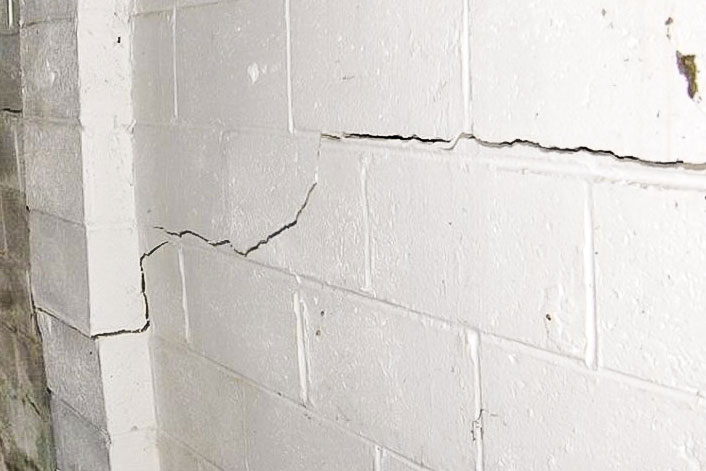We all can agree that stuff happens. In the world of basement waterproofing, stuff happens when you have a sump pump installed to prevent basement flooding, then your sump pump stops pumping due to a power outage or mechanical malfunction. Yikes. Thankfully, there’s insurance for that. That insurance is a battery back-up.
Sump Pump Series – Can I Connect My Sump Pump to the Sewer Line?
Let’s cut to the chase and answer this up front. Can you? Yes. Should you? No. At the end of the day it’s your call, but connecting your sump pump to the sewer line will very likely bear some harsh consequences.
Why Carbon Fibre Repair is the Best Way to Repair a Bowed Wall
A bowed wall is a sight that makes any homeowner’s stomach drop. The causes are plentiful. Your basement could have improper drainage, your yard could host a large amount of hydrostatic pressure. We’ve even come across a house recently where nearby tree roots were trying to push their way through the foundation. Yikes.
What if we told you there was a simple to install, inexpensive, and fast way to repair your bowed wall permanently? Gone are the days of using bulky, expensive, steel I-beams. Say hello to the world of Carbon Fibre.
4 Benefits to Encapsulating Your Crawlspace
Rodents and pests and mold… Oh my!
With Halloween approaching fast, we think it’s the perfect opportunity to talk about the scariest part of your home, the place that very well may be haunted with its strange smells and creatures of the dark awaiting you—your crawlspace. If you’re reading this, maybe you’re ready to conquer your fears and rid your home of its inner demons. Or maybe you’re looking into the benefits of crawlspace encapsulation. At the end of the day, they’re the same thing, right? Since there’s no place like home, let’s look at how crawlspace encapsulation can improve yours.
How Does Improper Drainage Lead to Foundation Cracks?
We’re a water basement treatment company, so we’ve seen how improper drainage can cause major damage to your home’s foundation — it ain’t pretty. For you and I, water equals life. For your home’s foundation, water equals a slow, painful death. Every heavy rainstorm that hits, every winter that thaws, and every excitable gardener who overwaters their plants poses a threat unless you have the proper water removal systems in place. If not, then let us explain to you why it might be a good idea to implement some.

